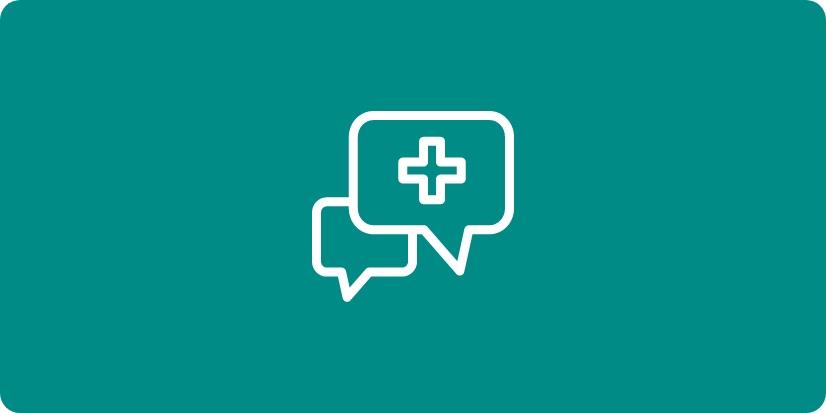Imaging
At Jupiter Medical Center, rest assured you will receive the most advanced imaging services with leading-edge technology and highly skilled radiologists who can help you detect, prevent and treat diseases. With a full range of comprehensive, diagnostic radiology services for adults and children, we strive to meet our patient’s needs in a friendly and compassionate setting.
3T MRI
Fast Scans. Clear Results. Simply Better.
Jupiter Medical Center is one of the few facilities in the region to offer 3T MRI. Traditional MRI machines operate at a strength of 1.5T, or Teslas. A tesla is the unit of measurement quantifying the strength of a magnetic field. A 3T MRI generates a magnetic field that is twice as strong as a normal MRI, and 10 to 15 times as strong as open MRI scanners.
3T MRIs provide more scanning options, including the ability to scan in tiny slices as small as 1mm to help with difficult diagnosis of complex conditions. They provide higher detailed images in less time and are especially suited for scans of conditions involving the brain, spine, and musculoskeletal systems. 3T MRI is the best and most accurate, non-invasive option for evaluation and diagnosis of the prostate.
PET CT
Exceptional Image Quality. Lower Dose.
Jupiter Medical Center's Imaging Services offers patients the PET CT system most widely used and trusted by clinicians across the world. GE Discovery™ IQ provides high sensitivity for exceptional image quality. This is especially useful in detecting small lesions. The system also offers MotionFree, the first-ever digital respiratory motion management solution that continually monitors respiratory motion in every PET CT procedure and automatically modifies the scan in real time. MotionFree is the new standard for PET imaging and an essential tool for better outcomes.
A PET CT scan is useful in detecting or evaluating several conditions, including many cancers, heart disease and brain disorders.
PSMA PET
Jupiter Medical Center is offering PSMA PET scans with Illucix, a radioactive diagnostic agent indicated for PET of prostate-specific membrane antigen (PSMA) positive lesions in men with prostate cancer. This innovative technology provides improved imaging for identifying metastatic and recurrent prostate cancer. PSMA PET will significantly improve prostate cancer is detected and treated.
About Us
Our Imaging Services Department has been accredited by the American College of Radiology (ACR) in MRI, Breast MRI, CT, PET, Nuclear Medicine, and Ultrasound. The Margaret W. Niedland Breast Center is accredited by the American College of Radiology as a Breast Imaging Center of Excellence. ACR accreditation is recognized as the gold standard in medical imaging, so when you see the gold seal of accreditation, you can rest assured that our facilities have met the highest level of patient safety standards and image quality.
Jupiter Medical Center has also been certified as an Image Wisely facility for Radiation Safety in Adult Medical Imaging and an Image Gently facility for Radiation Safety in Pediatric Imaging.
Call 561-263-4414 to schedule an appointment
-
Jupiter Medical Center
We want to help you! If you have questions about our services and what we can offer you and your loved ones, please reach out.



